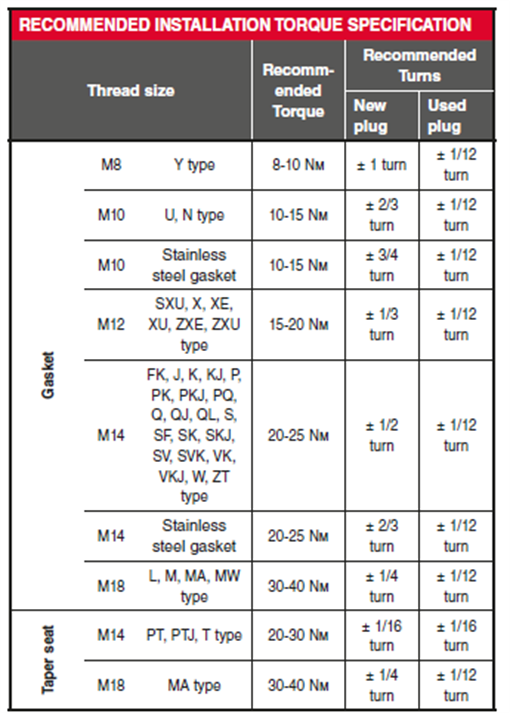Why it’s important to get spark plug torque just right
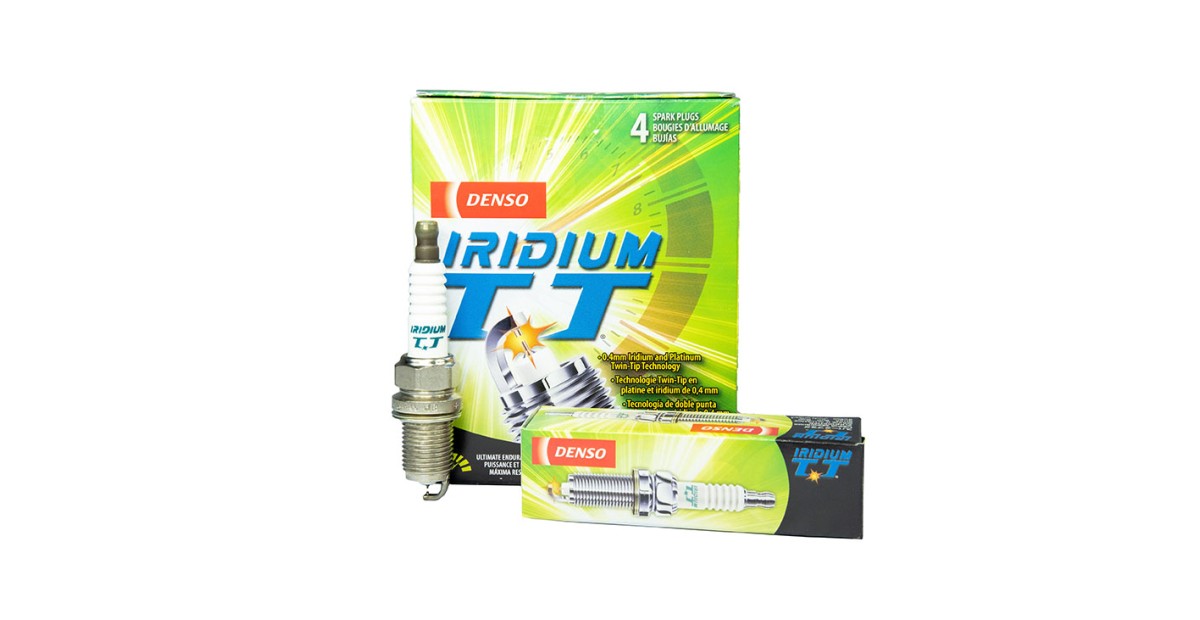
Published21 October 2021
Spark plugs play two critical functions within the ignition system of petrol vehicles. One is to ignite combustion to start the engine and the other is to move heat away from the combustion chamber. While installing spark plugs should be a relatively straightforward task for any skilled technician, applying the right torque is not simple and requires particular care and attention.
What is installation torque?
Installation torque is a measure of force acting on an object, which causes that object to rotate during installation. Applying the right torque when fitting spark plugs is critical to ensuring a secure fastening; DENSO always recommends using a torque wrench to achieve the correct installation torque setting. A secure fastening, where the spark plug is fully seated in the cylinder head, is essential to the spark plug’s capability to transfer heat out of the combustion chamber.
How to successfully install spark plugs
It is essential that technicians consult the manufacturer’s handbook or specification sheet to understand the precise amount of torque required for installation. When manufacturer instructions are closely followed, spark plugs will function correctly, successfully transferring heat out to the shell and cylinder head accordingly. The amount of torque required can vary by manufacturer so it is important that not all spark plugs are fitted in exactly the same way. Figure 1 shows how heat is transferred for a spark plug fitted with the correct torque.
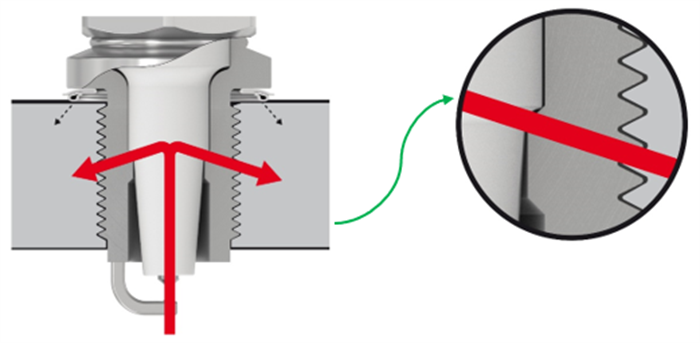
Figure 1: When functioning properly, a spark plug’s heat exchange function results in this heat energy flow
What happens when not enough torque is applied?
If spark plugs are installed below the recommended torque levels, they will not be fully seated in the cylinder head and this will delay the pace of heat dissipation. In most cases of under-torque, the vibrations inside the spark plug cause the ground electrode to break down, causing serious damage to the part. This restricts the ability to transfer heat to the shell and cylinder head, causing the insulator nose to overheat and starting pre-ignition. This can create serious engine damage.
What happens when too much torque is applied?
If spark plugs are installed over the recommended torque, the plugs will be subject to high stress loads, which can trigger a wide range of issues. The most visible effect will be damage to the plug itself, in particular deformation to the metal housing, which can lead to thread damage and breakage.
A spark plug damaged by over-torqued installation will not function as intended, and should be replaced immediately to avoid engine damage.
Some of the consequences of spark plug over-torque can include:
Failure to transfer heat
Over torque causes the insulator nose to overheat and start pre-ignition. The thermal load and shockwaves of pre-ignition and detonation can quickly destroy the electrodes of a spark plug and/or cause a hole in the piston crown. It also causes increased clearance on the upper piston ring. Figure 2 shows the effects of increased clearance on the upper piston ring.
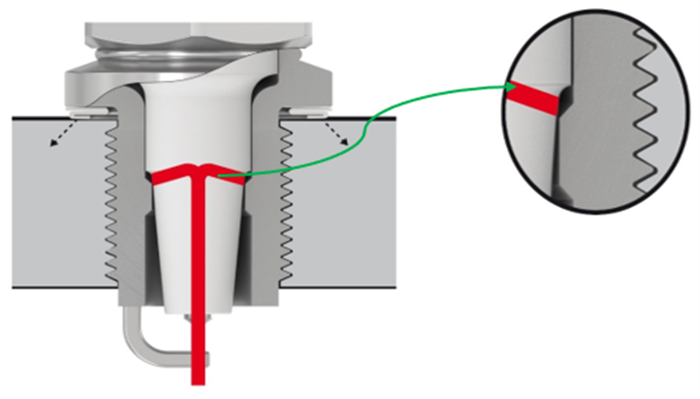
Figure 2: Too much clearance results in an unwanted ‘gap’ that impedes energy transfer
Deformed spark plug housing
The spark-plug housing and thread connects the spark plug and cylinder head. Visual inspection will determine if this has suffered any sort of deformation. Figure 3 shows a spark plug with a deformed housing.
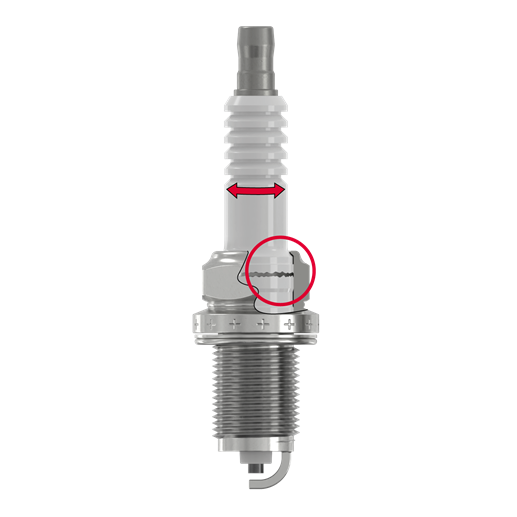
Figure 3: Check the housing for uniformity as well as surface damage
Cracked insulator
A cracked insulator is often the result of applying too much torque upon spark plug installation. If a vehicle comes into a workshop that already has a spark plug installed showing a cracked insulator, it could be a warning sign of a timing issue or use of a too low octane fuel. A cracked insulator can be determined upon visual inspection. Figure 4 shows a spark plug that has a cracked insulator, caused by over torque.
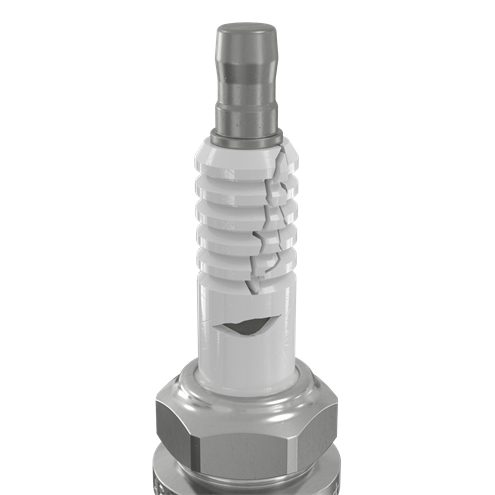
Figure 4: A cracked insulator can lead to misfires and poor idling, and should be replaced
Cracked thread
The installation torque for a spark plug is dependent on the thread diameter of the spark plug. If the spark plugs are over torqued, this will stretch the thread and can cause it to break, as shown in in Figure 5.
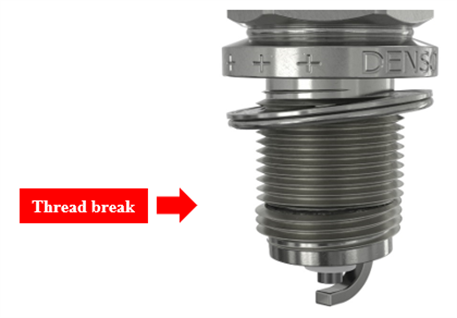
Figure 5: A thread break will be noticeable on visual inspection
DENSO’s range of high quality spark plugs
With 93% car parc coverage, DENSO is one of the world's leading pioneers of OEM quality spark plug technology and has been delivering high quality spark plugs to the aftermarket since 1959. With an unrivalled range offering Nickel, Platinum and Iridium spark plugs for a variety of vehicle models, DENSO has the right parts and torque instructions to ensure first-fit success every time. Furthermore, DENSO also offers an extensive knowledge base, together with training support to ensure technicians receive all the advice and support they need to confidently fit spark plugs.
To help technicians fit spark plugs with the correct level of torque, DENSO has put together the guide below, covering its entire range:
